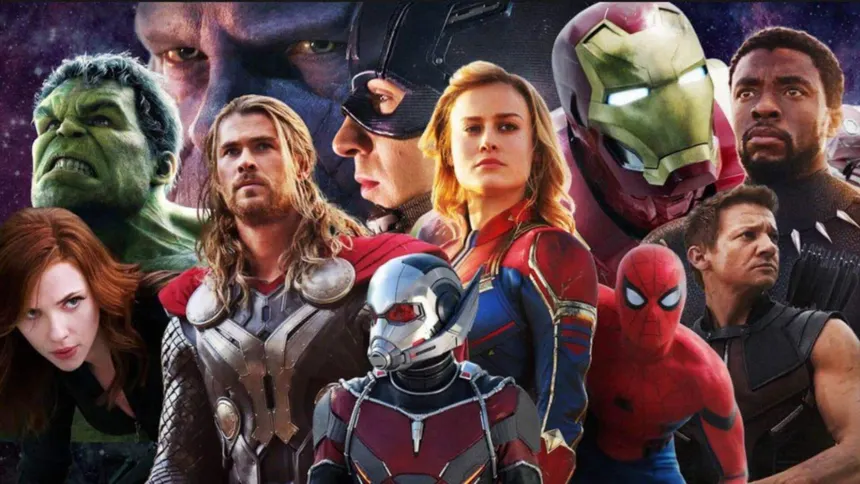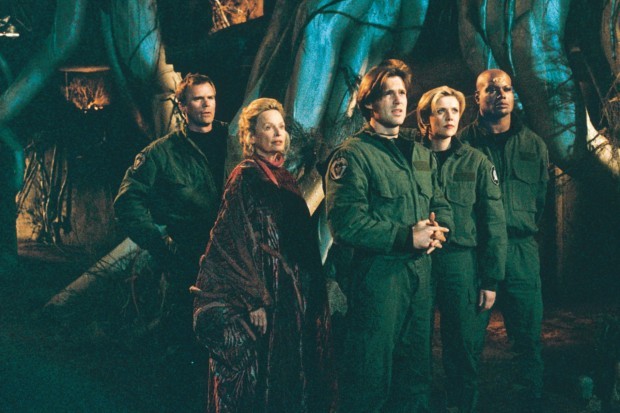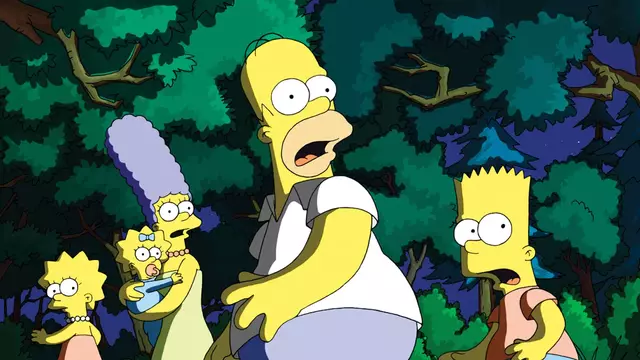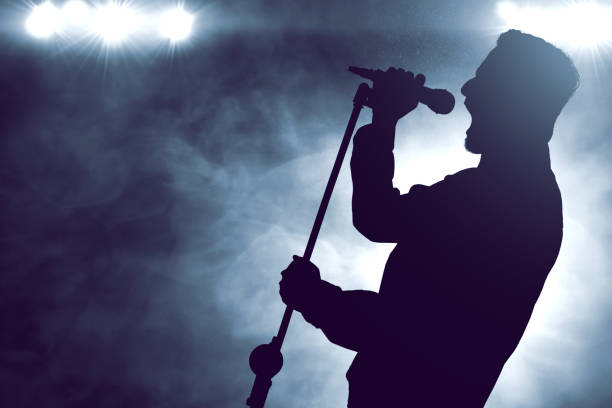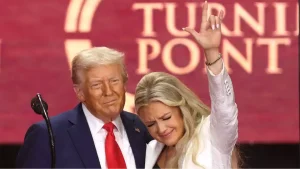Introduction
Superhero cinema has grown from modest comic book adaptations into a dominant force in global entertainment. From early black-and-white serials to multi-billion-dollar franchises like the Marvel Cinematic Universe (MCU) and the DC Extended Universe (DCEU), superhero films now shape cultural trends, fashion, merchandising, and storytelling itself. These movies are not just entertainment—they are modern myths reflecting societal values, technology, and human imagination.
In this article, we explore the history of superhero cinema, its technological innovations, cultural and social impact, and the trends that will define the future of the genre.
Early Days of Superhero Films (1940s–1960s)
The superhero film journey began with serials such as Batman (1943) and Superman (1948). These short, episodic films were primarily for children, often running in theaters alongside newsreels or cartoons.
-
Production Limitations: Low budgets, black-and-white visuals, and primitive effects meant filmmakers had to rely on imagination and creative staging.
-
Iconic Contributions: Despite simplicity, these films introduced audiences to live-action versions of beloved characters, cementing their popularity beyond comic books.
-
Legacy: Superman and the Mole Men (1951) was the first feature-length Superman film, demonstrating early cinematic potential.
The early era laid the groundwork for the genre, teaching studios how to adapt comic material for the screen while balancing storytelling and spectacle.
The Transition Era: 1970s–1980s
By the late 1970s, superhero films began to appeal to both children and adults, with higher production values and more serious tones.
-
Richard Donner’s Superman (1978): Praised for advanced visual effects, strong performances (Christopher Reeve as Clark Kent/Superman), and its serious approach to superhero storytelling. Box office earnings exceeded $300 million worldwide, proving commercial viability.
-
Tim Burton’s Batman (1989): A darker, gothic interpretation that brought a sophisticated visual style to the genre. Michael Keaton’s portrayal of Batman and Jack Nicholson’s Joker made the film a cultural sensation.
-
Cultural Shifts: These films demonstrated that superhero stories could explore themes like justice, morality, and identity while appealing to a wide audience.
This era set the stage for modern blockbuster-style superhero films, showing that technical innovation and mature storytelling could coexist.
The 2000s: Rise of Modern Franchises
The 2000s ushered in technologically advanced, story-driven superhero films that could sustain long-term franchises.
-
X-Men (2000): Explored themes of discrimination and identity through the lens of mutants, combining ensemble casting with social commentary.
-
Spider-Man (2002): Sam Raimi’s film blended teen drama, humor, and heroic action, becoming one of the highest-grossing films of its year.
-
Other Notable Films: The Dark Knight (2008) and Iron Man (2008) emphasized realism, psychological complexity, and narrative depth.
This era marked a shift: superhero films were no longer niche—they became box office powerhouses, appealing to audiences of all ages worldwide.
The MCU: Interconnected Storytelling
Kevin Feige’s Marvel Cinematic Universe (MCU) transformed franchise filmmaking.
-
Strategic Planning: Feige introduced long-term narrative arcs that connected individual films, creating a shared universe with continuity across characters and storylines.
-
Key Milestones: Iron Man (2008) launched the MCU. The Avengers (2012) demonstrated the payoff of interconnectivity, while Avengers: Endgame (2019) became the highest-grossing MCU film, earning over $2.7 billion globally.
-
Innovations: Post-credit scenes, Easter eggs, and interwoven storylines enhanced fan engagement and created a template for serialized cinematic storytelling.
The MCU’s success shows how carefully structured storytelling and character investment can create a cultural phenomenon.
The DCEU and Other Studios
DC’s approach contrasted with Marvel’s interconnected strategy:
-
Early Challenges: Films like Man of Steel (2013) and Batman v Superman (2016) were criticized for tone inconsistencies and narrative complexity.
-
Breakthroughs: Wonder Woman (2017) and Aquaman (2018) achieved critical acclaim and commercial success, emphasizing character-driven storytelling and visual spectacle.
-
Independent Success: Films like Deadpool (2016) and Logan (2017) demonstrated that superhero films could push boundaries in content, tone, and audience expectations.
Different studios’ approaches illustrate the genre’s versatility and capacity for experimentation.
Cultural and Social Impact
Superhero films now extend far beyond the screen:
-
Fan Engagement: Comic conventions, cosplay, and fan-generated content are central to superhero culture.
-
Merchandising: Toys, collectibles, and clothing generate billions in revenue annually.
-
Representation: Modern superhero films emphasize diversity, including strong female leads (Captain Marvel), racial representation (Black Panther), and LGBTQ+ visibility.
-
Global Influence: These films resonate worldwide, influencing pop culture, fashion, and media consumption habits across continents.
The genre reflects societal values and trends, making it both entertaining and culturally significant.
Technological Advancements
Superhero cinema thrives on technical innovation:
-
CGI & Motion Capture: Essential for realistic superheroes, massive battles, and fantastical environments.
-
Practical Effects: Combined with CGI, stunts and set pieces maintain authenticity, as seen in The Dark Knight trilogy.
-
Cinematic Techniques: IMAX cameras, high frame rates, and immersive sound design enhance audience experience.
Technological progress allows filmmakers to bring comic books to life in ways previously unimaginable.
Future Trends
The next decade promises:
-
Diversity & Inclusion: Increasing representation of gender, ethnicity, and sexual orientation.
-
Streaming & Miniseries: Disney+ and other platforms enable character-focused series expanding cinematic universes.
-
Interactive Storytelling: Games, VR, and cross-media experiences may redefine engagement.
Superhero films will continue evolving, reflecting cultural shifts and technological advancements.
Conclusion
From simple 1940s serials to today’s global blockbusters, superhero cinema has transformed storytelling, technology, and culture. By blending artistry, innovation, and fandom, it has become a modern myth-making machine. Audiences can expect even more diversity, creativity, and immersive experiences in the years ahead, solidifying the genre’s place at the forefront of global entertainment.

Emily Johnson is a critically acclaimed essayist and novelist known for her thought-provoking works centered on feminism, women’s rights, and modern relationships. Born and raised in Portland, Oregon, Emily grew up with a deep love of books, often spending her afternoons at her local library. She went on to study literature and gender studies at UCLA, where she became deeply involved in activism and began publishing essays in campus journals. Her debut essay collection, Voices Unbound, struck a chord with readers nationwide for its fearless exploration of gender dynamics, identity, and the challenges faced by women in contemporary society. Emily later transitioned into fiction, writing novels that balance compelling storytelling with social commentary. Her protagonists are often strong, multidimensional women navigating love, ambition, and the struggles of everyday life, making her a favorite among readers who crave authentic, relatable narratives. Critics praise her ability to merge personal intimacy with universal themes. Off the page, Emily is an advocate for women in publishing, leading workshops that encourage young female writers to embrace their voices. She lives in Seattle with her partner and two rescue cats, where she continues to write, teach, and inspire a new generation of storytellers.




